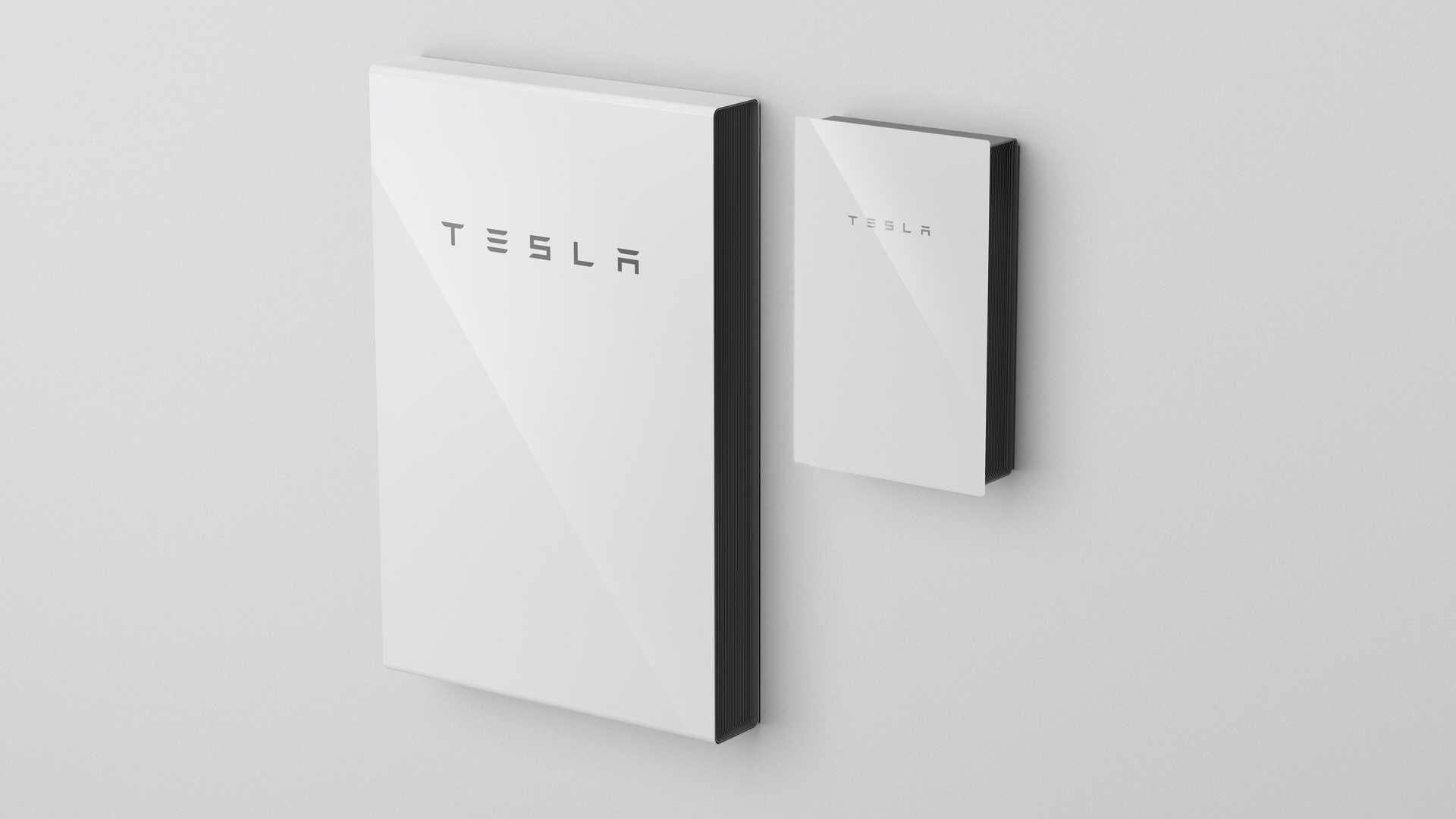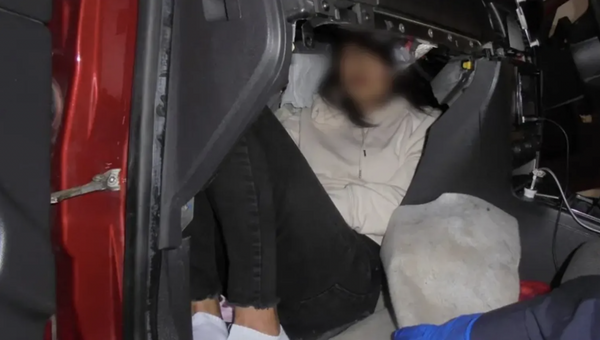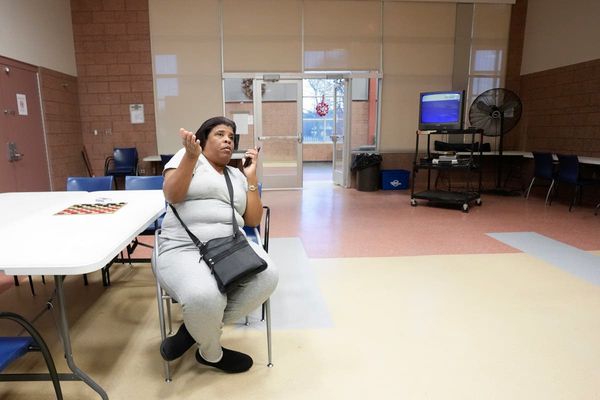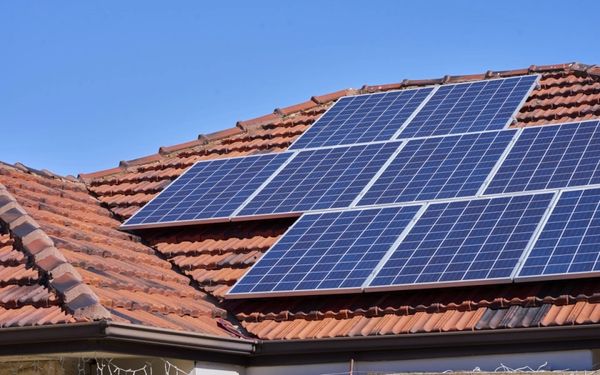
We installed solar panels and a Tesla Powerwall at our home in October of 2021, and, needless to say, we've been quite impressed. However, we've also been fortunate to have almost no major power outages in our area since the installation, so this epic ice storm is really the system's first true test.
UPDATE: Good morning! As of 10 AM, the sun was just beginning to make its way through the clouds. It has been overcast and dreary since we woke at 7 AM. There were no major outages at our house while we slept, so we didn't use too much of the stored energy.
As you can see from the Tesla app, by 10 AM, despite a lack of sunlight and the sparse rays still coming from the wrong side of the house, the Tesla Powerwall was already back to 100%. We are now powering the home with solar and sending excess energy back to the grid, which we'll get credit for to offset our usage.

Just 10 minutes later, the clouds began to part and the sunlight was growing. You can see that we are sending even more energy to the grid now. For those interested in more details, I responded to some messages in the comments section and answered a few questions. If you are seriously considering solar or a home battery, feel free to email me or message me on Twitter for more information.

Thanks to the size of our solar array and the backup battery, most of our energy during most months has been free. We added the Tesla Powerwall to the equation primarily as a backup for power outages, which, prior to having the system installed, were becoming all too common in our area.

We knew that the Powerwall would also help us manage the energy coming into the home, when it's used, when it's saved, etc., but we weren't fully aware of how it would all play out. Over the course of the last year and a half, we've played around with various settings on the Tesla app and tried to figure out how to make the system most helpful while saving the most money.

Currently, our Powerwall is in a mode called "Time-Based Control," which allows it to use a predetermined amount of energy when necessary. It bases the usage times on the energy rates at any given time of the day. However, when the Powerwall "detects" that a storm is coming, it immediately charges to 100%, and it typically does so from the grid, unless there happens to be a ton of sunlight at the time.

The last few times our Powerwall detected a storm, it charged to full and stayed charged for a day or two just in case, but the power never went out, so the energy wasn't needed. The power has gone out three times since we owned the Powerwall, and none of those times were during forecasted storm warnings, so the battery was always partially depleted.

With a partially depleted Powerwall and no sunlight, we had to shut off most things in the home to make sure that only necessary appliances had power, such as fridges, freezers, and the furnace. Even after conserving energy, we feared that the single Powerwall would just barely keep us up and running until the sun came up. However, thankfully, two of the outages only lasted minutes, and one lasted just over an hour.
As this week's epic ice storm was about to set in, the Tesla Powerwall charged to 100%, and it has remained above 80% ever since. Meanwhile, despite having overcast skies and nearly a half-inch of ice on the panels, our home has been primarily powered by the little bit of sun that's been hitting the panels.

The power in the neighborhood has flickered several times, and some of our nearby friends haven't had power since yesterday. Our power has been disrupted on multiple occasions, but the solar panels and Powerwall have seamlessly taken over, so the only way we noticed was by looking at the Tesla app.
The best part here is that since the panels are working to power the house, the Powerwall will be nearly fully charged when we go to sleep tonight. Very little is running in our home while we're sleeping, and we've already run a few "Off-Grid" tests that proved a full Powerwall will definitely get us through the night.
We'll sleep at ease tonight knowing that, despite the sun going down and the terrible weather stripping people of power, our Tesla Powerwall will save the day. When we wake in the morning, the battery will be low, but even the little sun shining through the ice and clouds should be enough to not only power our home, but also to begin charging the Powerwall back to its full capacity.
To top it off, even if the power is out tomorrow, my Chevrolet Volt should remain fully charged thanks to the solar panels and Tesla Powerwall.










